If you wanted music that put you in your feelings, then September 16th’s SummerStage concert featuring Hurray for the Riff Raff and Soccer Mommy was the place for you. It was a night of music filled with anguish, tension, and heartbreak.
Music is a product of its time and place and can’t be understood without its history. Frankly, we’re living in a dark time in the United States. On September 16th, Hurray for the Riff Raff and Soccer Mommy used that darkness to build beautiful sets in two drastically different ways. Hurray for the Riff Raff created music to spark rebellion and hope, while Soccer Mommy focused on creating songs to listen to while curling up in bed and crying.

Hurray for the Riff Raff was formed in New Orleans in 2007 after singer Alynda Segarra left The Bronx to travel across the U.S. Building on their personal experiences and the oppression they’ve seen across the country, the band’s music is sad, yet manages not to descend into oppressive heaviness – instead focusing on rebellion as a theme throughout their songs.
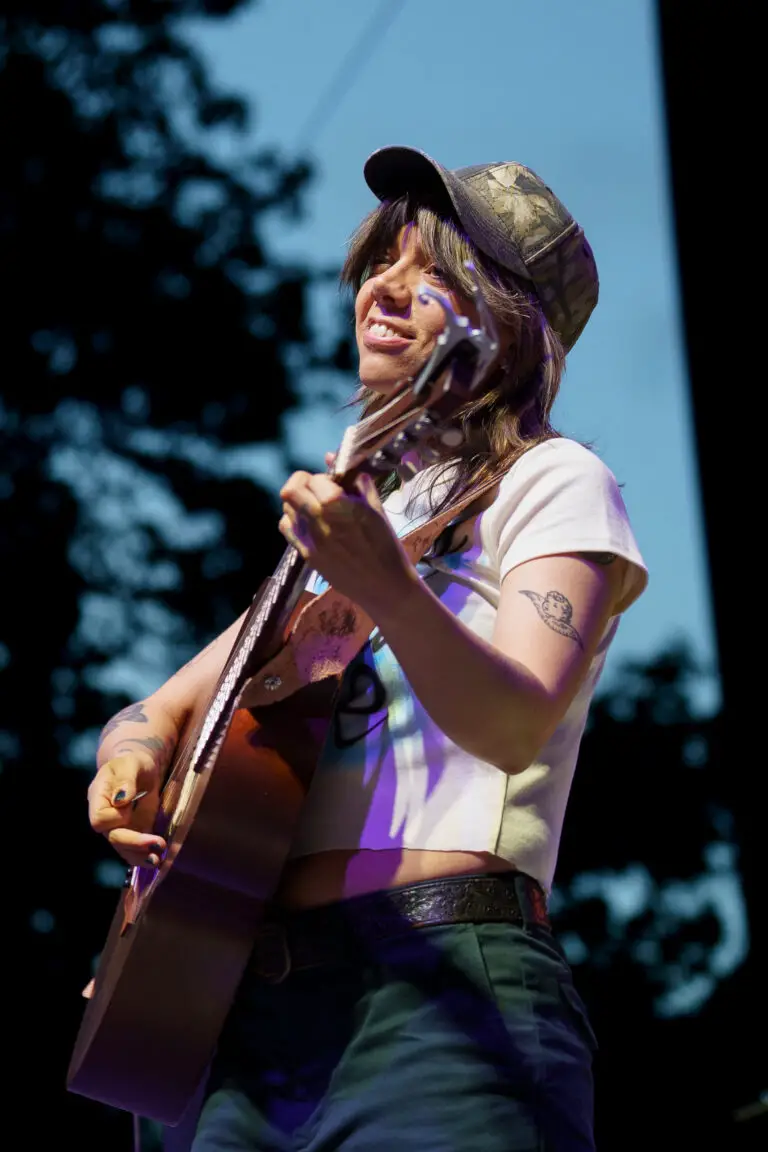
One example of this was when the band played their song “Colossus of Rhodes,” in which Segarra sings, “Say goodbye to America. / I wanna see it dissolve. / I can be your poster boy for the great American fall.” On its surface, this might seem like the singer desires the end of America. But when sung over deep guitar riffs from Sam Doores, the lyrics seemed to take on a deeper meaning. It’s not a call for the fall of all America but for the fall of an oppressive state, a call for the end to the America of now that discriminates against queer people, communities of color, immigrants, and every other marginalized community.
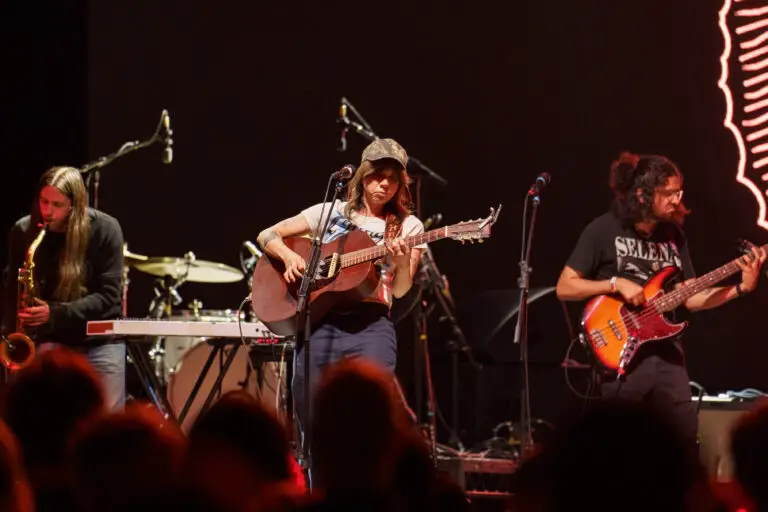
That same theme of rebellion continued through their set. Before singing “Pyramid Scheme,” Segarra said, “This is a song I wrote when thinking about our tech overlords and how they have decided that AI should write music, make art, make everything.” The singer then thanked the audience for coming out to the show and listening to human-made music, which, according to them, is one of the only things making the world bearable. Instead of saying all is nigh and that we should give in to AI-generated formulaic music, Hurray for the Riff Raff pushes back against it and even brings the audience along in that work to support human musicians and artists.
Later in the set, before singing “The World Is Dangerous,” Segarra told the crowd, “I wanna play you a love song for what feels like apocalyptic times.” In doing so, Hurray for the Riff Raff argues for love even when it doesn’t make sense. Maybe that’s the perfect encapsulation of Hurray for the Riff Raff’s music. It focuses on the depressing nature of the world, but still looks for something more, some spark of hope to go along with the reality of the world we live in.
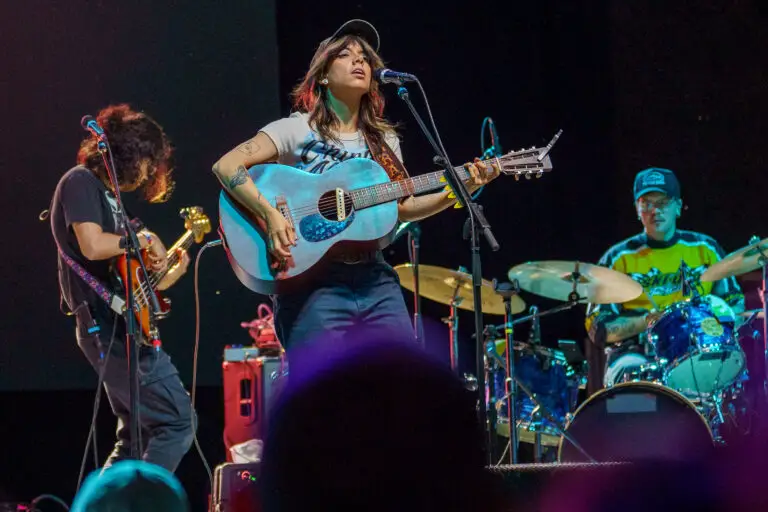
The band has been called folk punk and/or Americana, and both those genres may be the right lenses through which we see them. Music made despite suffering, from communities often forgotten and if thought about mostly maligned. Segarra themselves is non-binary and Latinx – two intersecting identities that are currently under attack by power structures throughout the country. Instead of sitting silently, the singer had taken their heartbreak to music and leaned into the apocalyptic political state of the US to bring us songs of love, even when it’s lost, and rebellion, even when it’s far-flung and unlikely.
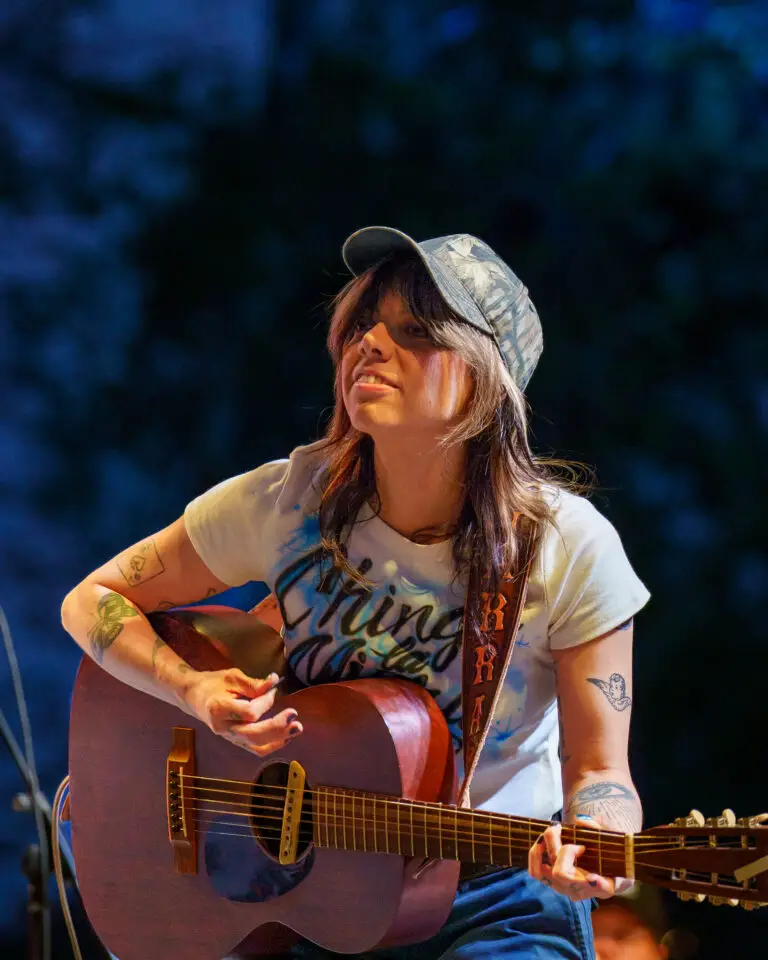
Similarly, Soccer Mommy uses the stare of the world – especially the state of front woman Sophie Allison’s emotional world – as a driving force behind their songs. The band’s low-tempo moody and melodic vibe allows the audience to focus on Allison’s lyrics and descriptions of her pain. Unfortunately, the outdoor concert space made the lyricist’s words challenging to understand, as guitar distortion overpowered her vocals.

Unlike Hurray for the Riff Raff, Soccer Mommy focuses their songs on sadness without moving off that emotion. Their songs are not meant to make you feel better; these are songs to cry to.
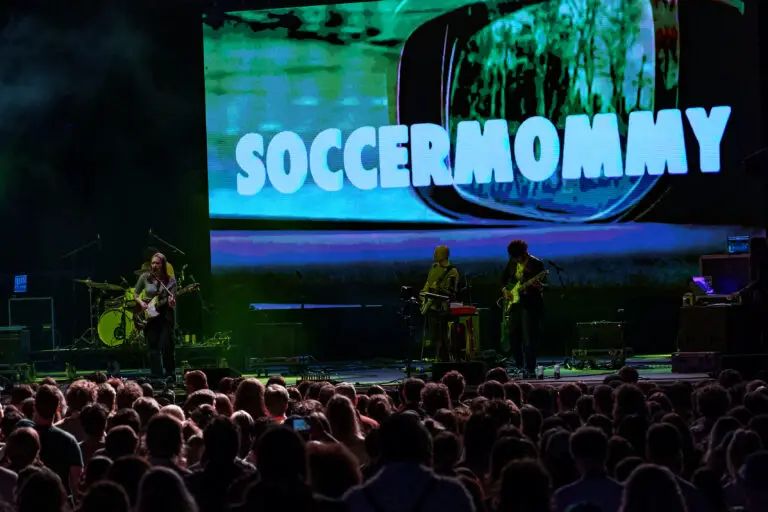
Throughout their set Soccer Mommy’s visuals evoked that sadness with limited lighting that used cool color tones (blues, greens, purples). Their set also stayed in a constant rhythmic state; it didn’t speed up or down significantly, although singer Sophie Allison did joke with the crowd between a few of the songs. More often than not, the band’s songs want you to go into yourself and confront your emotions – to come to terms with what’s inside you.

Both bands have vastly different takes on similar emotions. When combined back-to-back on stage, the result is a night filled with introspection, a deep analysis of the world, and an invitation for the listener to center their own emotions about what is broken until the show is over.
→ Continue reading at NYS Music
